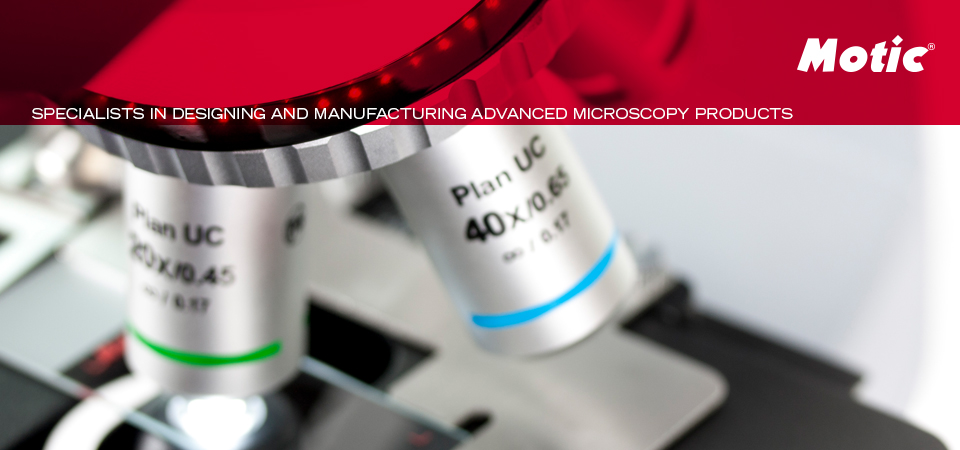Euglena is commonly studied in biology classes because it has both plant (it has chloroplasts and so can photosynthesize) and animal (it moves and can eat) characteristics. Depending on conditions, photosynthesis or eating can predominate. It is a single celled creature with a large flagellum (not visible in this video, see below) that lives in fresh water. It is generally elongate but can change its shape quite dramatically during so-called euglenoid movement. It swims using its flagellum and can orientate itself with respect to gravity and light.
Wednesday 24 January 2018
Algae with an eye
Euglena species are often abundant in calm waters, where they can be present in such numbers, that the surface of ponds and ditches can have a green or red color.
Euglena is commonly studied in biology classes because it has both plant (it has chloroplasts and so can photosynthesize) and animal (it moves and can eat) characteristics. Depending on conditions, photosynthesis or eating can predominate. It is a single celled creature with a large flagellum (not visible in this video, see below) that lives in fresh water. It is generally elongate but can change its shape quite dramatically during so-called euglenoid movement. It swims using its flagellum and can orientate itself with respect to gravity and light.
Euglena is commonly studied in biology classes because it has both plant (it has chloroplasts and so can photosynthesize) and animal (it moves and can eat) characteristics. Depending on conditions, photosynthesis or eating can predominate. It is a single celled creature with a large flagellum (not visible in this video, see below) that lives in fresh water. It is generally elongate but can change its shape quite dramatically during so-called euglenoid movement. It swims using its flagellum and can orientate itself with respect to gravity and light.
Wednesday 10 January 2018
Wood Collectors?
Wood Collectors primarily collect samples of plants from the group of seed plants, Spermatophytes. This can be either softwood (Gymnosperms) and hardwood (Angiosperms)
Wood however, is composed of various types of tissue, which wood collectors should be able to recognize and name in order to assign a particular species. Tissue which occurs abundantly in one species and is an important feature, can be completely absent in a different species. To see the right features, to name and describe them, is the most important for determination. The recognition of wood types can be done, among others, by the study of micro preparations.
Micro preparations of wood are thin slices of wood of 10-15 microns thick, cut into 3 planes:
a) In the transverse plane for example, the vessels, the distribution of vessels, the type and the distribution of the parenchyma (ground tissue), the number of rays per mm and the thickness of the fiber wall can be seen.
a) In the transverse plane for example, the vessels, the distribution of vessels, the type and the distribution of the parenchyma (ground tissue), the number of rays per mm and the thickness of the fiber wall can be seen.
Subscribe to:
Posts (Atom)

